When you invest your money in any appliance or device, you expect it to fully cater to the need you bought it for! The same case applies to the dehumidifier. Whenever you buy one you expect it to be fully operational and to drastically reduce the humidity levels indoors.
Unfortunately, sometimes a dehumidifier can be turned on but still not collect any water. It is a common problem faced by many homeowners. Luckily in this post, we are going to help you identify what are the most common causes of a dehumidifier not collecting water and how you can fix these issues.
Most of the solutions we will provide here are cheap and you don’t necessarily have to know everything about the technical operations of a dehumidifier.
The first step is to determine whether you own a desiccant dehumidifier or compressor dehumidifier.
What is the different type a desiccant dehumidifier or compressor dehumidifier?
These are the two main types of dehumidifiers.
desiccant dehumidifier
- Weigh less because they don’t have a compressor.
- Less noisy compared to the compressor dehumidifiers.
- Better suited to operate at low temperatures(that is below 15◦C ).
- Energy-efficient.
- Small in size.
compressor dehumidifier
- Heavier because of the compressor.
- Produce more noise as a result of the compressor.
- Remain fully operational at warmer temperatures (that is over 15◦C).
- Consume more energy compared to desiccant dehumidifiers.
- Larger in size to make space for the compressor.
Why would a desiccant dehumidifier not collect any water?
These desiccant dehumidifiers don’t have compressor parts which makes them so much easier to diagnose and fix any water collection problems.
Most of the water collection problem in desiccant dehumidifiers are caused by either blocked or loose parts in the dehumidifier.
- The initial step is to check that the filter is clean. A blocked filter can greatly reduce the amount of airflow into the dehumidifier. Maintaining the filter clean over time it is essential to guarantee your dehumidifier remains fully operational.
- Blocked filters make it next to impossible for the dehumidifier to be able to cycle enough air to extract moisture from the house, thus the dehumidifier will not collect any water. To make matters worse a dehumidifier with a blocked filter will consume more energy while not delivering.
- Next step: check the fan in the dehumidifier. Clean out anything obstructing the fan from spinning freely. Ensure the fan motor is functioning properly and check that the fan is properly screwed into place, to ensure the fan is able to maintain peak performance.
Compressor dehumidifiers – not collecting water reasons and possible quick fix.
As earlier mentioned most Compressor dehumidifiers remain fully operational in warmer temperatures. The most optimum operating temperatures are around 18◦C to 30◦C and relative humidity levels of 70% - 80%, which for most people not living around the coastline, that temperature is quite high.
This could be the reason your Compressor dehumidifiers are collecting less water even at the correct extraction rate and conditions.
Reasons your Compressor dehumidifier is not collecting water include:
- Low temperatures. – In all Compressor dehumidifiers, the air is passed over a series of coils that condense the excess moisture from the air. When the air is too cold the condensed water freezes on the coils making the dehumidification process stop.
The fan will continue to suck in the cold humid air but the air will leave the Compressor dehumidifier with the same humidity levels. This will lender the Compressor dehumidifier useless while the dehumidifier will continue to consume power.
Solution – fit your Compressor dehumidifier with an auto-defrost feature. This feature ensures the dehumidifier turns off automatically when the temperature gets too cold. This will save on power and once the Compressor dehumidifier is turned off it around the coils to get a chance to warm up in order to allow effective moisture removal once turned back on.
The auto defrost feature will turn the Compressor dehumidifier back on when the coils are warm enough. If your dehumidifier has an auto-defrost feature but you can still spot frozen water on the coils, then take your dehumidifier to your local service center for repair or replacement.
- Faulty compressor – one of the most common problems experienced with Compressor dehumidifiers is the faulty compressor.
If your dehumidifier keeps producing a usual weird buzzing sound often, and the amount of water extracted decreases immensely, then you should definitely check the compressor.
In other dehumidifiers, the compressor will be completely turn off, which is usually an indication of a problem with the capacitor in the compressor.
Avoid using an extension lead to power your dehumidifier, because if the overload device fails then the dehumidifier will not be able to extract excess moisture for the air.
- Low refrigerant fluid – another reason for the low dehumidifier extraction rate could be low refrigerant fluid.
The refrigerant fluid is located in the coils and is used to cool the coils so as to condense the excess moisture in the air. One of the main reasons for low refrigerant fluid is a small leak in the coils that allow the fluid to leak out.
We recommend you check any damage or leaks in the coils if you locate any damages consult your local service center for repairs.
All the above are some of the major causes of lack of water extractions for either desiccant dehumidifiers or compressor dehumidifiers.
Other common causes of extraction problems in dehumidifiers.
Here is a list of some of the most common causes of extraction problems in desiccant dehumidifiers or compressor dehumidifiers.
1. Level of moisture in the space – if the air in the space is too dry (has very little moisture), then a dehumidifier will find it difficult to extract moisture from it. If the humidity levels are below 30% most dehumidifiers will extract little or no water.
Buy a dehumidifier with a LED display that clearly indicates the humidity levels in the space. If your dehumidifier does have a display panel please invest in a simple hydrometer (available in most retail stores), to help you know the humidity levels indoors at all times.
2. Buying a less powerful(less capacity) dehumidifier – before you buy a dehumidifier you need to estimate the appropriate capacity level of dehumidifier you need. The capacity dehumidifier – refers to the amount of moisture the dehumidifier is able to extract from the indoor space for every 24 hours. If the levels of humidity in the space is high, then you need a dehumidifier with a high capacity.
3. Blocked drainage hose – if your dehumidifier uses a continuous drainage pipe that drains out the water, a blockage in this pipe would lead to the dehumidifier not extracting more moisture from the air once the collection tray is full.
4. Buying a dehumidifier with less air change per hour (ACH) – the A.C.H. (air change per hour) refers to how much air the dehumidifier is able to process in an hour. A moderately damp space will require a dehumidifier with an ACH of 3. An extremely wet space will require a dehumidifier with an ACH rating of 6.
5.Faulty humidistat – most dehumidifiers have a humidistat feature incorporated in them to help regulate their settings. In the case that the humidistat is defective or faulty the dehumidifier will remain operational when the humidity levels have been lowered to 30%. This could lead to the dehumidifier being fully operational, while not collecting any water.
All the above reasons are possible reasons for why your dehumidifier is not collecting water. Any damages spotted in the unit should not be tampered with when the warranty period has not lapsed.
For desiccant dehumidifiers and compressors, dehumidifiers make sure that the filters well cleaned and maintained to ensure they remain clean. This will ensure the dehumidifier is able to maintain optimal operational levels while consuming as little energy as possible.
We recommend Baseaire dehumidifiers,
- Built using state of the art revolutionary technology for increased performance.
- All the dehumidifiers are energy star rated – for less power consumption.
- Built with durable and reliable material to guarantee long-term service.
- All Baseaire dehumidifiers are fitted with an LED display panel for easy setting adjustment.
- All Baseaire dehumidifiers have a 5-year warranty policy.
- Plus they are favorably priced!

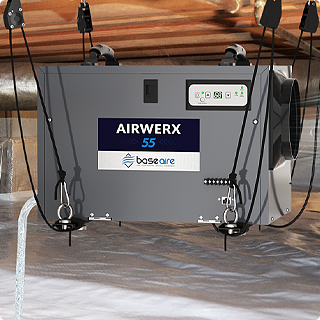
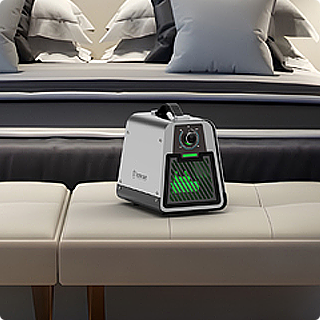
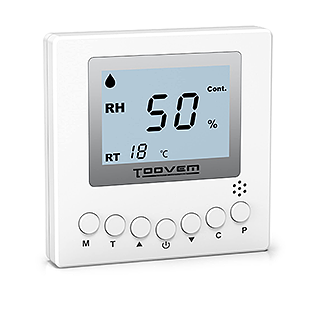
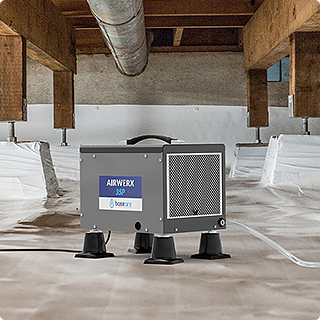
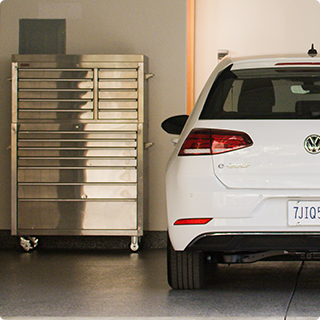
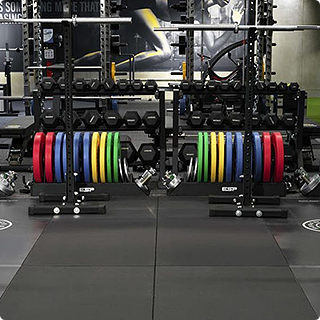
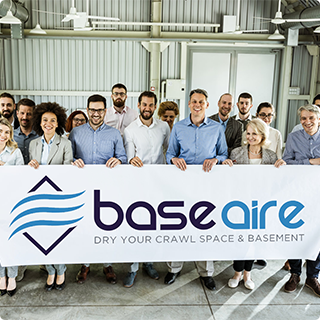

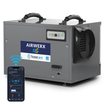
![BaseAire 888 Pro 7,000 mg/h Ozone Generator, Digital O3 Machine Home Ozone Machine Deodorizer - Ozone Generator from [store] by Baseaire - Disinfection, Ozone Generator](http://www.baseaire.com/cdn/shop/products/888-Pro-_-1.jpg?v=1698817267&width=104)
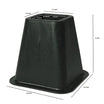
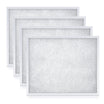
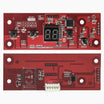



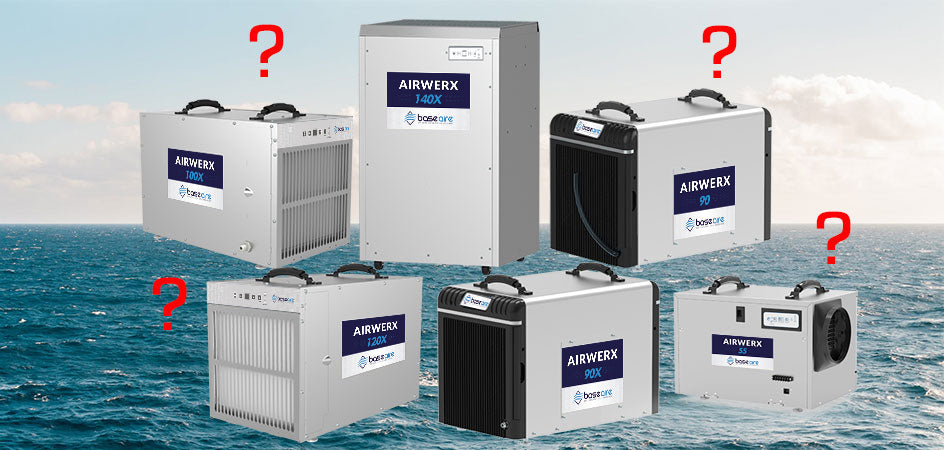




Leave a comment
All comments are moderated before being published.
This site is protected by reCAPTCHA and the Google Privacy Policy and Terms of Service apply.